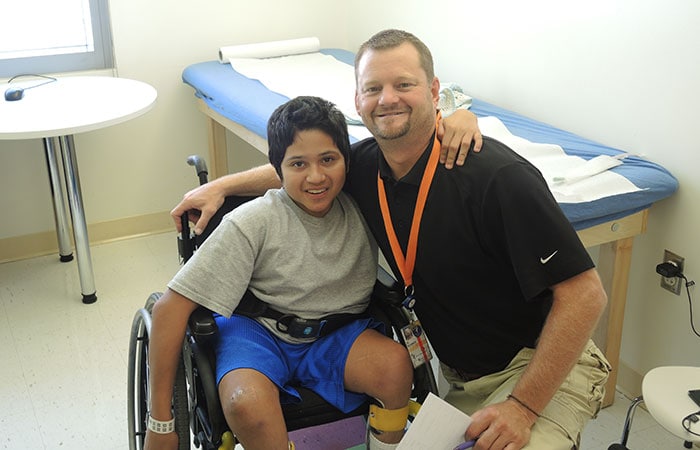Updated clinical care guidance for spina bifida

People with spina bifida do not always receive the same health care. To solve this problem, the Spina Bifida Association (SBA) has developed updated clinical guidance now available on the organization’s website.
This updated guidance covers 25 areas of physical health, mental health, and general well-being for people with spina bifida, from birth to adulthood. These recommendations are based on recent scientific literature and clinical consensus or agreement of 80 clinicians from SBA’s Clinical Care Network who treat patients with spina bifida. The Clinical Care Network receives funding from CDC’s National Center on Birth Defects and Developmental Disabilities.
The SBA will share this updated guidance with all clinicians who treat patients with spina bifida so that every patient has an opportunity to receive the same high-quality health care. These updated clinical care recommendations also serve as source of information for clinicians who may not be familiar with spina bifida.
About spina bifida
Spina bifida is a birth defect affecting the spine. Spina bifida occurs when a portion of the backbone, as well as the spinal cord beneath, do not form correctly during pregnancy. This typically results in damage to the spinal cord and nerves. Spina bifida can cause physical and intellectual disabilities that range from mild to severe. Each year about 1,500 babies are born with spina bifida in the United States.